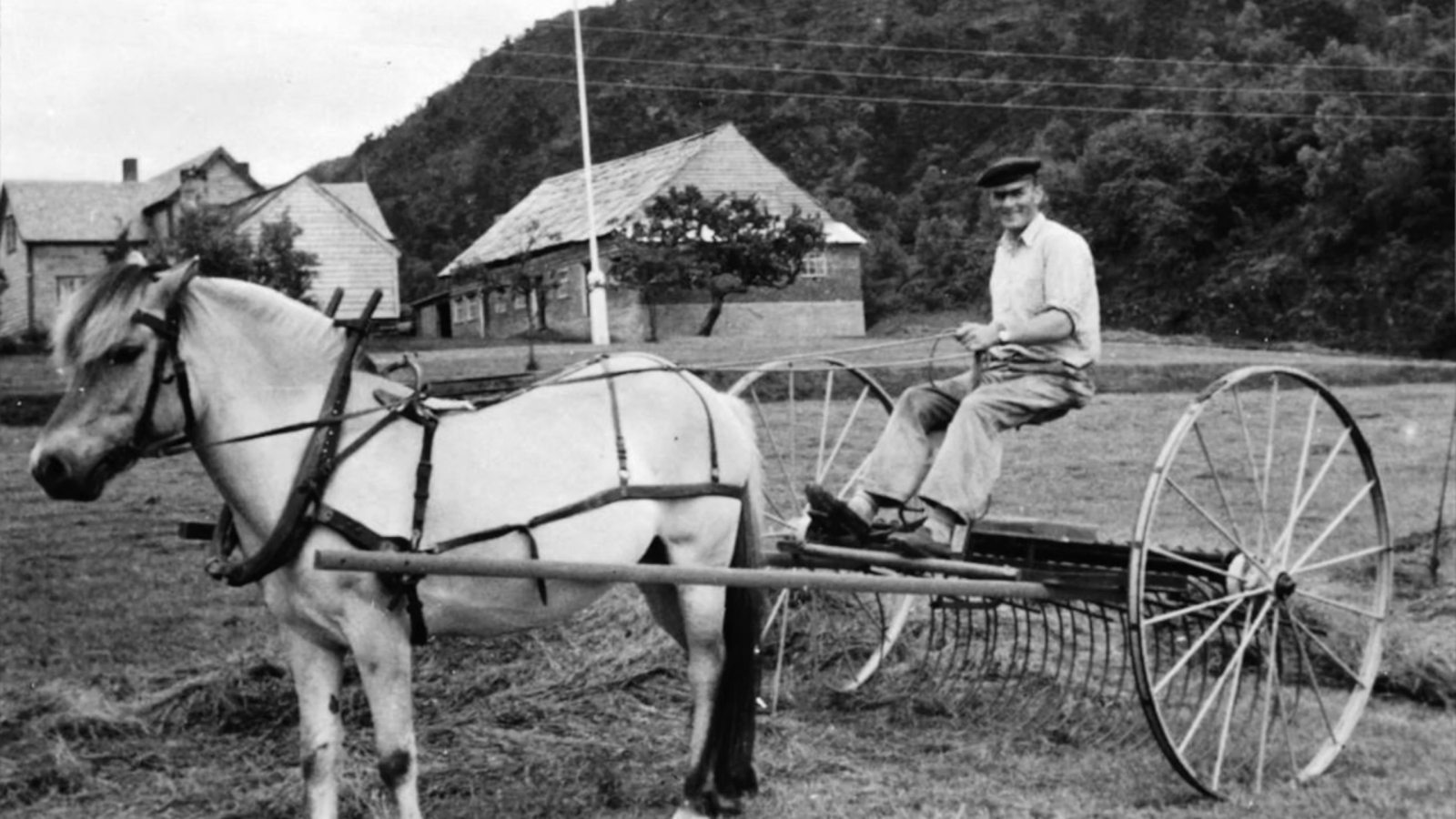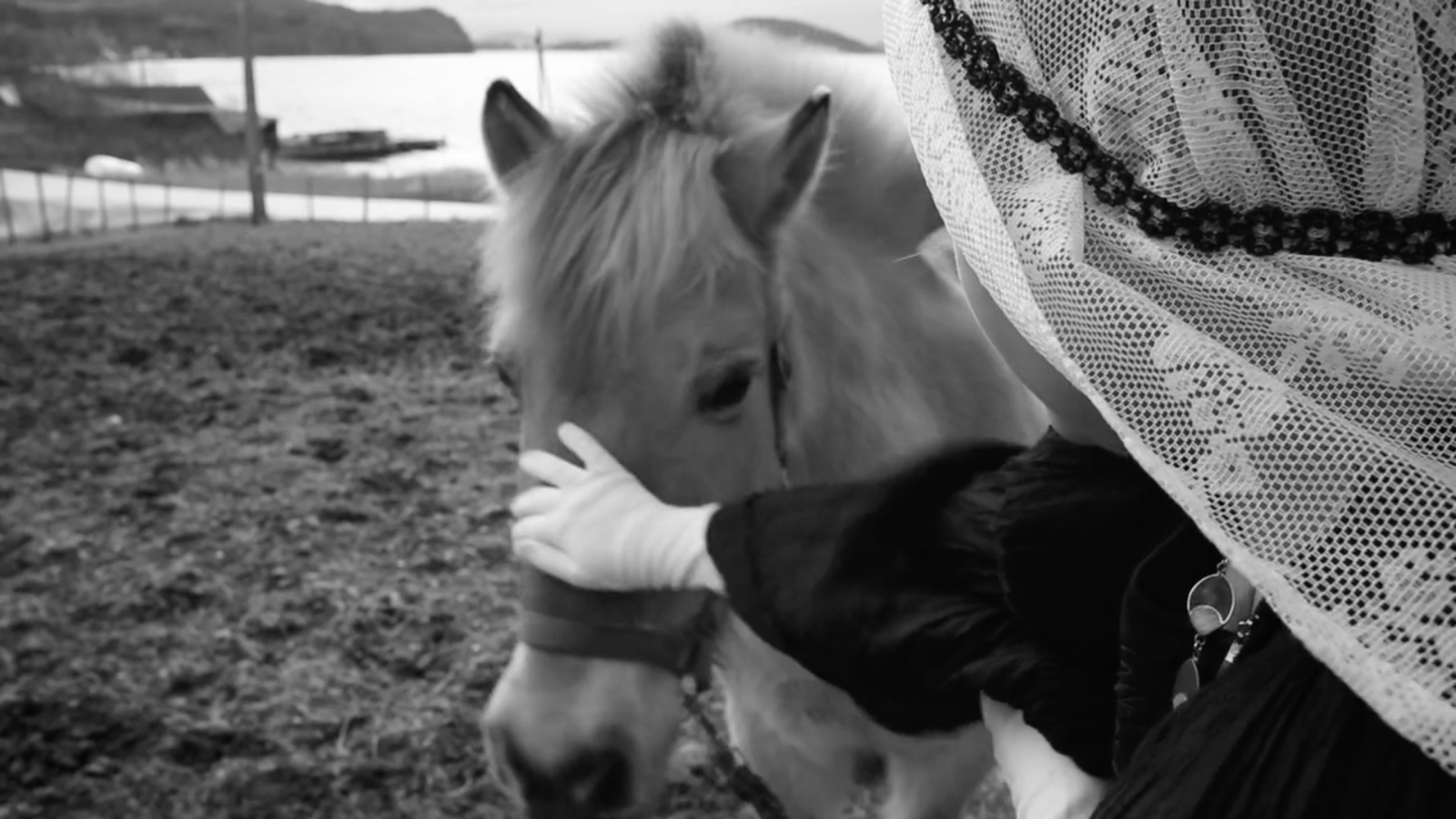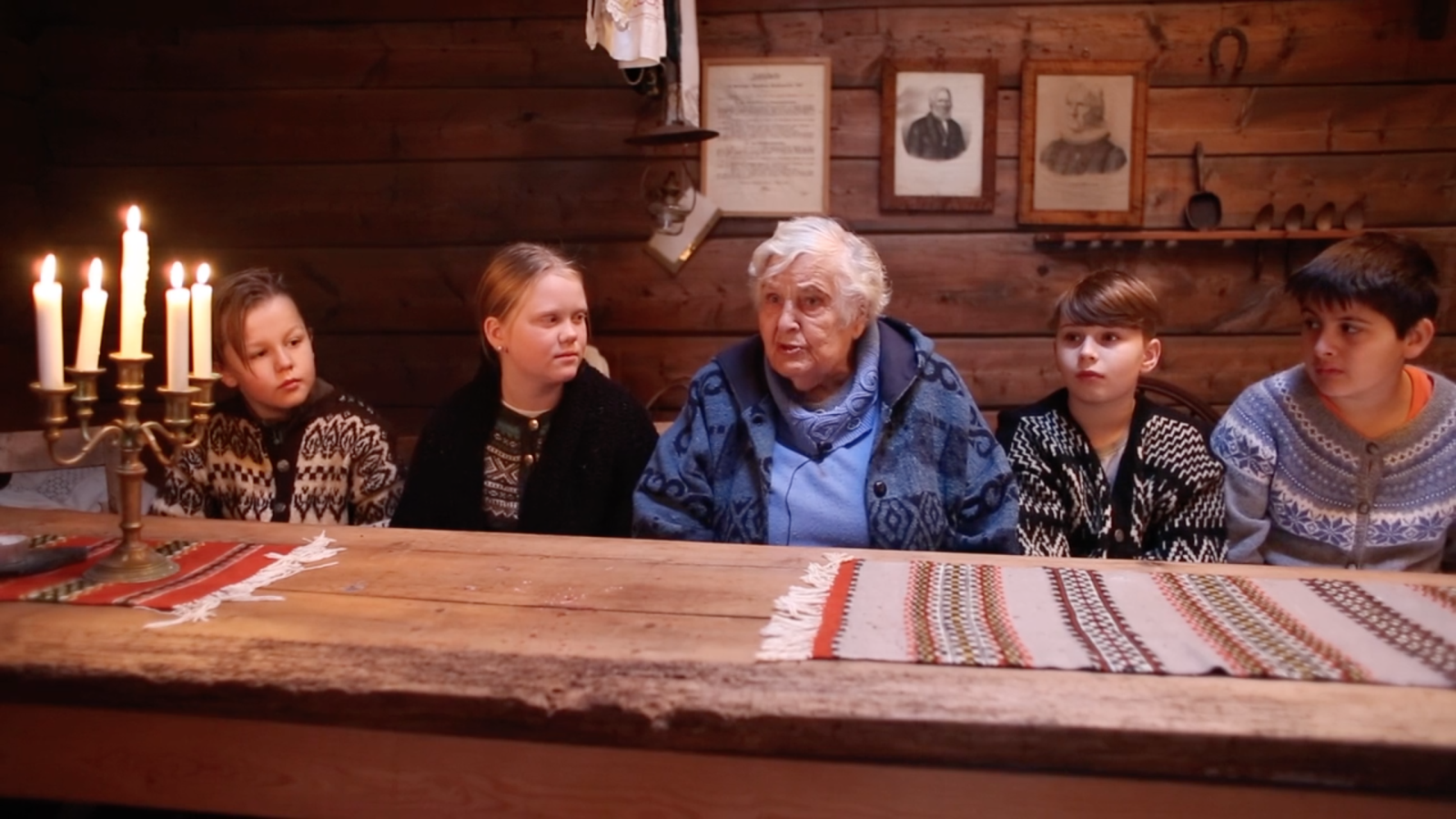How a Film Workshop in Norway Brought Heritage Closer to Children
How a Film Workshop in Norway Brought Heritage Closer to Children
With over 90 submissions, the European Heritage Stories initiative has provided a platform for pan-European knowledge sharing about heritage. Among the stories that successfully engaged citizens in heritage preservation was a local history film workshop for children, organised in the municipality of Kvinnherad, Norway.
Focused on exploring how things have changed in the villages, the workshop revived the past of the municipality. Pupils from nine schools worked with a filmmaker specializing in local history documentaries to create films about the history of their villages and their local heritage. The workshop brought creativity and learning together, resulting in the impressive creation of 11 films.
The story was awarded a grant for development by the European panel consisting of representatives appointed by the Council of Europe, the European Commission, Europa Nostra, European Heritage Label Secretariat, and the European Heritage Days National Coordinators. The creativity and the passion of the storytellers and participants have elevated this project beyond a local school initiative, allowing them to share their story with a wider European community.
Capturing the History of Kvinnherad on Film

Photo from Ølve skule, Eva Vikane
Located in the Hardanger fjord on the west coast of Norway, the municipality of Kvinnherad is home to 13,000 inhabitants numerous natural heritage landmarks. The area is known for its varied biodiversity and captivating landscapes, from high mountains in the fjord and flat islands out in the sea.
The municipality is also a home to various cultural groups that actively work to cherish and promote its history and cultural heritage. One of the great examples of community involvement in heritage exploration and promotion is the history film workshop that became a European Heritage Stories grant recipient. Led by Merethe Offerdal Tveit and supported by the cultural department at the municipality of Kvinnherad, the project focused on exploring the local heritage in a way that appealed to schoolchildren.

Still from the shool in Ølve
The participating schools showed great imagination in making their films. The school from Mauranger revived the legend of a bear hunter Godtskalk Gjerde, who lived in the 18th century, while Malmanger students presented the restoration of the big galleon “Gurine” made in Rosendal in 1874. The participants from Uskedalen school made a film about an old school in Haugland, which is now a school museum. In the film, the children play the roles of students who attended it sixty years ago. The school from the Omvikdalen district made two films. One of them presents farming traditions that were used in the Omvikdalen 50-60 years ago, while the other is an interview with a former student who recollects her memories from the school.
These are some of the topics the creators used to revive local heritage sites and historic figures in order to cherish their values with new generations. In addition to enabling participants to learn about their environment, the films also helped them develop their creative skills and interest in film.

Still from the school in Omvikdalen
Describing the experience, Ms Offerdal Tveit said:
“For four weeks I travelled around to all the primary schools in Kvinnherad and made local historical workshops with the pupils. It was fun and rewording for me as a documentary filmmaker to see how children engaged in the history of their home place, and how they found it so interesting. The meeting between seniors and children was particularly nice to see, and to document. The children have been very creative and have managed to make films about local history that are fun and interesting to watch. This is the first time anyone has had a workshop like this and after the first round I am very positive to continue doing this.”
According to her, making local historical films with children turned out to be a very good idea. They have had an opportunity to learn and share stories about their local histories and be very creative. More importantly, the workshop enabled the creation of a collection of stories that may have otherwise been forgotten with time, especially through the interviews with older people.
Featured photo: Marie Skaaluren